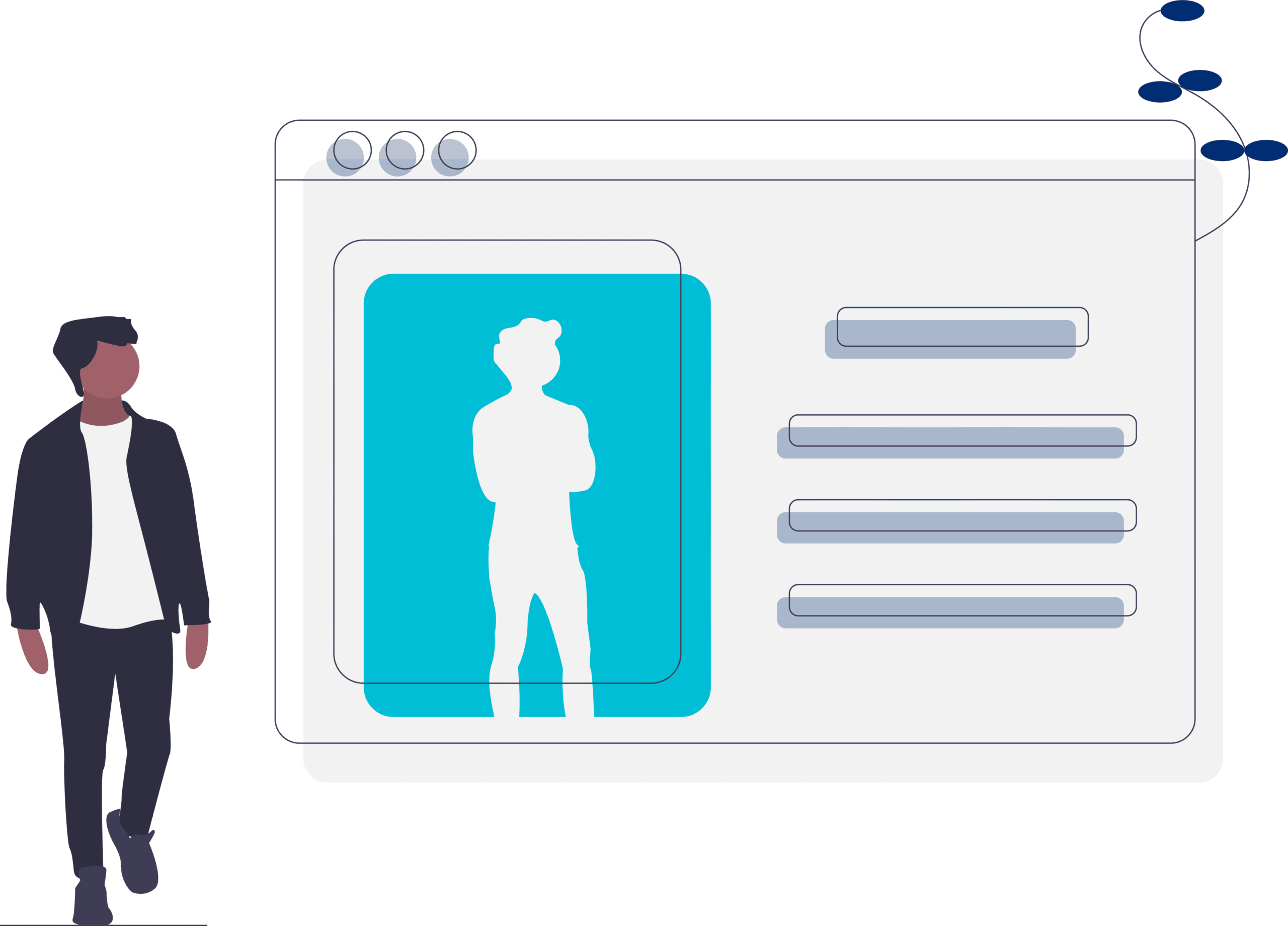The most valuable step in hiring happens before the job posting goes live – where you consider both the gaps that you’re hiring for and what type of person will be most successful in filling those gaps.
You can’t make the right hire until you know what you’re looking for. What will it take to be successful in a given role? At CareerPlug, we identify these traits using a planning tool called the Ideal Candidate Profile.

Download a free ideal candidate profile template!
Use the free candidate profile template designed by the Hiring Experts at CareerPlug for your own hiring needs.
DOWNLOAD MY TEMPLATEThe video below explains more about the elements of an Ideal Candidate Profile and how to create one at the start of your hiring process.
Benefits of creating an Ideal Candidate Profile
Investing in hiring is one of the most impactful choices you can make for your business. Your people are your greatest assets: they are the sole unique advantage you have over any competition. Hiring the right employees can accelerate your growth, increase customer satisfaction, and reduce workforce turnover.
Making the wrong hires is a drain on your operations. Making the wrong hire costs time, clients, company resources, and, in some cases, your sanity. If you’ve made a bad hire (and most of us have!) you know what I’m talking about.
Components of an Ideal Candidate Profile
Regardless of what type of role you’re filling: if you want to hire the right person, you first need to understand what the right person looks like. We identify our ideal candidate using our Ideal Candidate Profile. We build it from the following components: specifics for the role, key culture drivers, and the job description.
Specifics for the Role
Your first step is to identify the traits that are important to successfully perform the responsibilities of the role – and how you plan to evaluate candidates for those.
- Skills: What expertise and experience are needed for this position?
- Talents: What inborn abilities and natural characteristics would help someone be successful in this position?
- Behaviors: How should someone act in this role? What behaviors and choices will the right person exhibit?
It can be difficult to pinpoint the right traits, particularly the soft skills. Soft skills are natural, inherited aspects of someone’s personality.
Soft skills are best measured through personality assessments and interviews. But first, you should know what to benchmark against. Study your top performers. Give them personality assessments for further insight. You can also give the same assessment to your average team members to provide perspective on how your top performers stand apart. If this is a new role for you, get some outside help from someone who has experience with this type of role.
These skills and traits that you identify will be the core of your candidate scorecard. If your list of desired talents and skills is too long, you will not know where to focus. Keep in mind that there are certain things that you will look for in any person you hire. You will naturally look for things like goal orientation, team player mentality, and strong communication skills when you evaluate someone — they don’t belong in your Ideal Candidate Profile.
Key culture drivers
Next, we look for signs that a candidate exemplifies our Key Culture Drivers. At CareerPlug, we’ve identified four characteristics or driving behaviors that we ensure every hire exemplifies. These traits are the bedrock of our company culture and non-negotiables when making a hire:
- Scrapper: Passion & Perseverance
- Initiator: Leads with Action
- Learner: Growth Mindset
- Giver: Generous & Unselfish
Consider your own company’s core values. How do these translate into employee behaviors? Are there key traits your current team shares that you want all new employees to have as well? Spend time articulating these culture fit requirements to help guide your evaluation during the interview stages.
Job description
The final piece of our Ideal Candidate Profile is the job description. This job description, unlike the one that you will use to post your open job online, is for internal use and contains only information about the role. We keep it pretty simple:
- Key Objectives: What are the 1-3 priorities or goals for this position?
- Measurable Outcomes: What are the metrics you’ll use to evaluate this position’s success?
- Responsibilities Breakdown: What are the daily/weekly/monthly responsibilities for this role? This is the place for the details.
Start by taking inventory of the functions that will be performed in the role. Break down the job into daily, weekly, and monthly tasks and responsibilities. Be careful not to turn this into a laundry list (seven or fewer items is best). Focus on the functions that are critical to success in the role. If this is a new role for you, search for similar jobs online to see which tasks and responsibilities are listed.
Ideal Candidate Profile Example
Now that you understand a little more about how we hire using an Ideal Candidate Profile, take a look at one of our Ideal Candidate Profile examples. This one is for a sales position at CareerPlug.
Take action:
- Use the Ideal Candidate Profile as a checklist to help you learn about a potential candidate. It should help you ask better interview questions and probe deeper to ensure you can clearly answer if the candidate is the best person for the job.
- Remember: there is no perfect candidate. The right hire won’t necessarily check all the boxes outlined in the Ideal Candidate Profile. The tool is intended to clarify what’s most important and what’s non-negotiable.
- Making the right hire begins with identifying your ideal candidate. Invest in finding the right person up front and you’ll see, as we have at CareerPlug, how much easier it becomes for a hiring manager to make objective and thoughtful hiring decisions.
